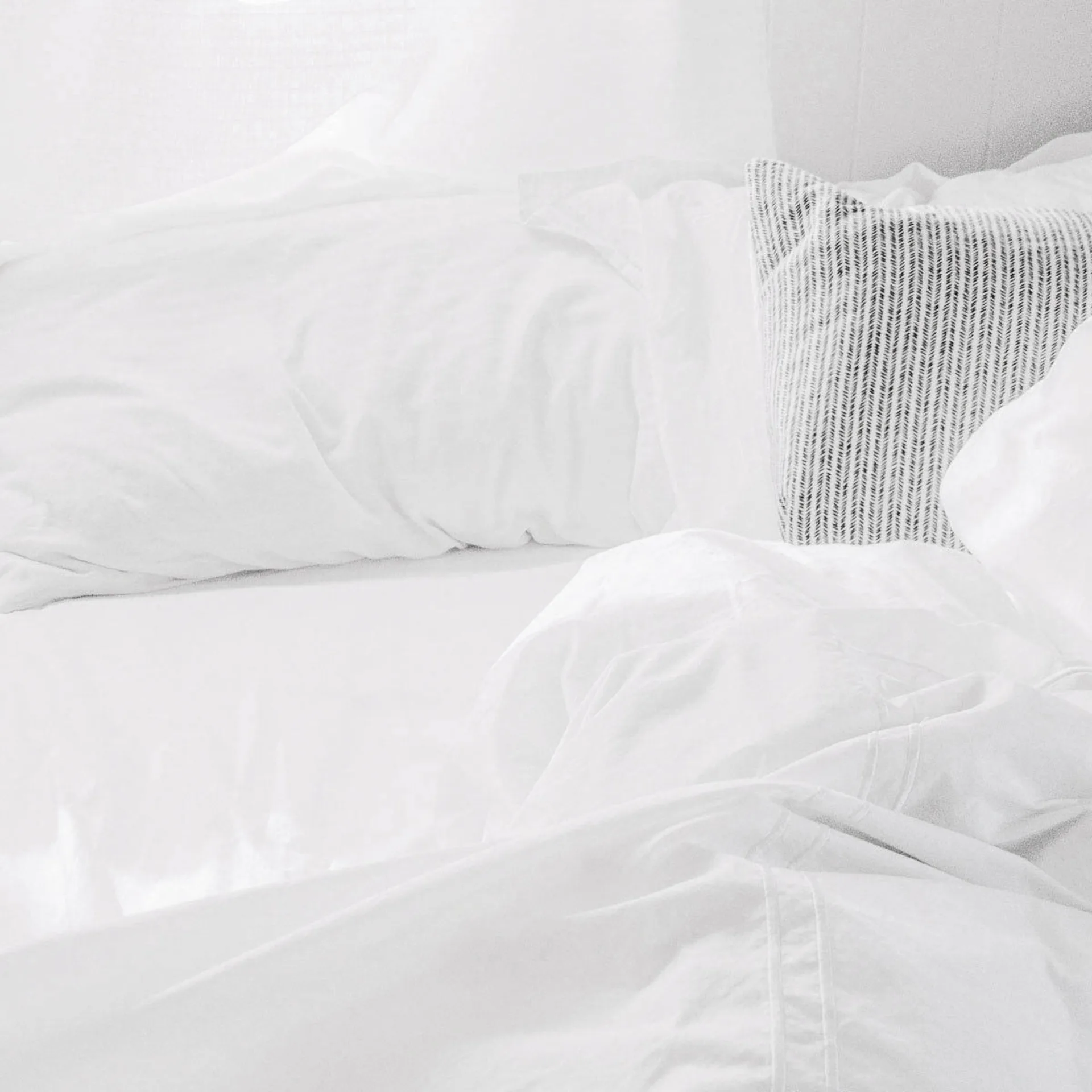How I Actually Burn 3000 Calories a Day (Without Living at the Gym)

I used to think burning 3000 calories meant living on the treadmill for hours. Spoiler alert: I was completely wrong, and it nearly burned me out completely. I’d drag myself to the gym, spend what felt like forever on cardio machines, and still feel like I was getting nowhere. Sound familiar?
Here’s what blew my mind: your body is already a calorie-burning machine, working 24/7 even when you’re binge-watching Netflix. The trick isn’t becoming a cardio robot – it’s learning how to work with your body’s natural systems instead of against them.
According to research from BetterMe, a 185-pound person burns approximately 840 calories by running for an hour, meaning you’d need to run for nearly four hours to reach 3000 calories through exercise alone. Yeah, that’s not happening for most of us normal humans.
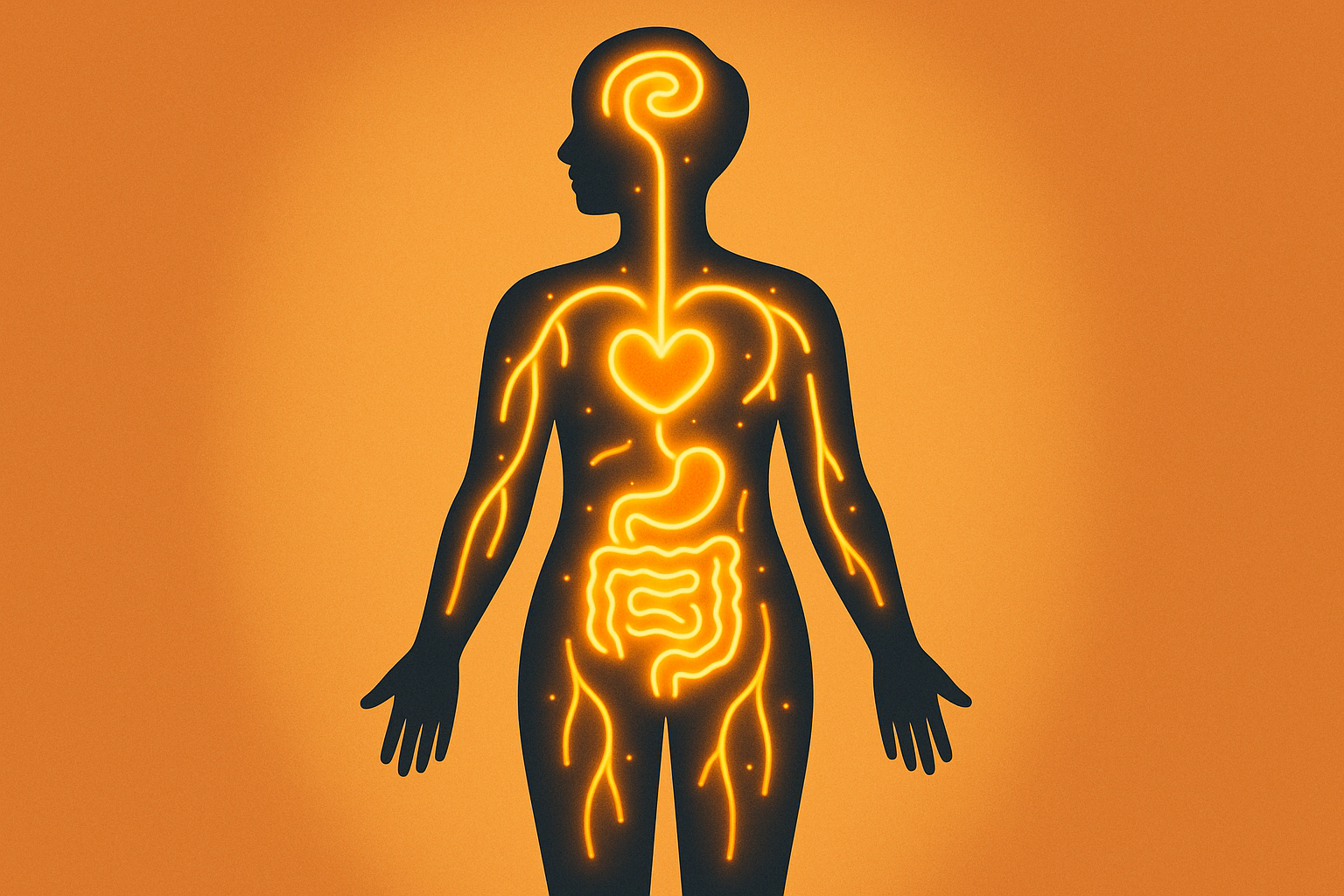
Table of Contents
- Your Body’s Secret Calorie-Burning Powers
- Why I Stopped Trying to Be a Cardio Machine
- The Cold Shower Trick That Actually Works
- When You Eat Matters More Than You Think
- Movement That Doesn’t Suck
- How I Turn Walking Into a Calorie Furnace
- Brain Games That Burn Calories (Seriously)
- Food Hacks That Boost Your Burn
- The Real Math Behind Losing Weight
- What I Wish Someone Had Told Me
TL;DR
- Your body burns most calories just keeping you alive – not from exercise
- Cold showers can torch 300-500 extra calories daily (and yes, you get used to it)
- Timing your meals and sleep is like having a metabolism cheat code
- Certain exercises keep burning calories for days after you’re done
- Walking the right way can burn massive calories without the gym
- Your brain uses serious energy when you challenge it
- What you eat affects how many calories you burn digesting it
- Your body fights back when you burn too many calories – here’s how to outsmart it
Your Body’s Secret Calorie-Burning Powers
Okay, this is where everything I thought I knew got flipped upside down. I was so focused on burning calories through exercise that I completely ignored the fact that my body was already torching calories just to keep me alive.
When I first started trying to figure out how to burn 3000 calories a day, I thought I needed to become some sort of fitness machine. What I discovered was that my body was already doing most of the heavy lifting through processes I never even thought about.
Recent research highlighted by Science Alert reveals that “burning 600 calories in the gym will not necessarily increase your daily energy expenditure by the same amount.” Basically, your body is smarter than you think and will adjust to compensate.
| What Your Body Does | Daily Calorie Burn | How Much of the Total |
|---|---|---|
| Just staying alive | 1,400-1,800 | 60-70% |
| Digesting food | 200-300 | 8-12% |
| Fidgeting and moving around | 300-800 | 15-30% |
| Actual planned exercise | 200-600 | 10-25% |
Looking at this breakdown was like getting smacked in the face with reality. Your body burns the majority of calories just breathing, pumping blood, and keeping your organs running. Who knew?
The Fidgeting Factor You’re Probably Ignoring
Here’s something that’ll blow your mind: all the little movements you do throughout the day – fidgeting, shifting in your chair, maintaining good posture – can burn 15-50% of your total daily calories. I had no idea I was missing out on such easy calorie burning.
I started setting hourly alarms on my phone to remind me to move. Sounds annoying, but it works. During phone calls, I pace around like I’m plotting world domination. I got a standing desk converter (nothing fancy, just one from Amazon) and now I stand for most of my workday.
Here’s what I actually do now: I stand for any meeting under 30 minutes, take stairs instead of elevators (my legs hate me but my metabolism loves it), park in the furthest spot from wherever I’m going, and do 20 squats every hour while working from home. My family thinks I’m weird, but these little things add up to 400-600 extra calories burned daily.
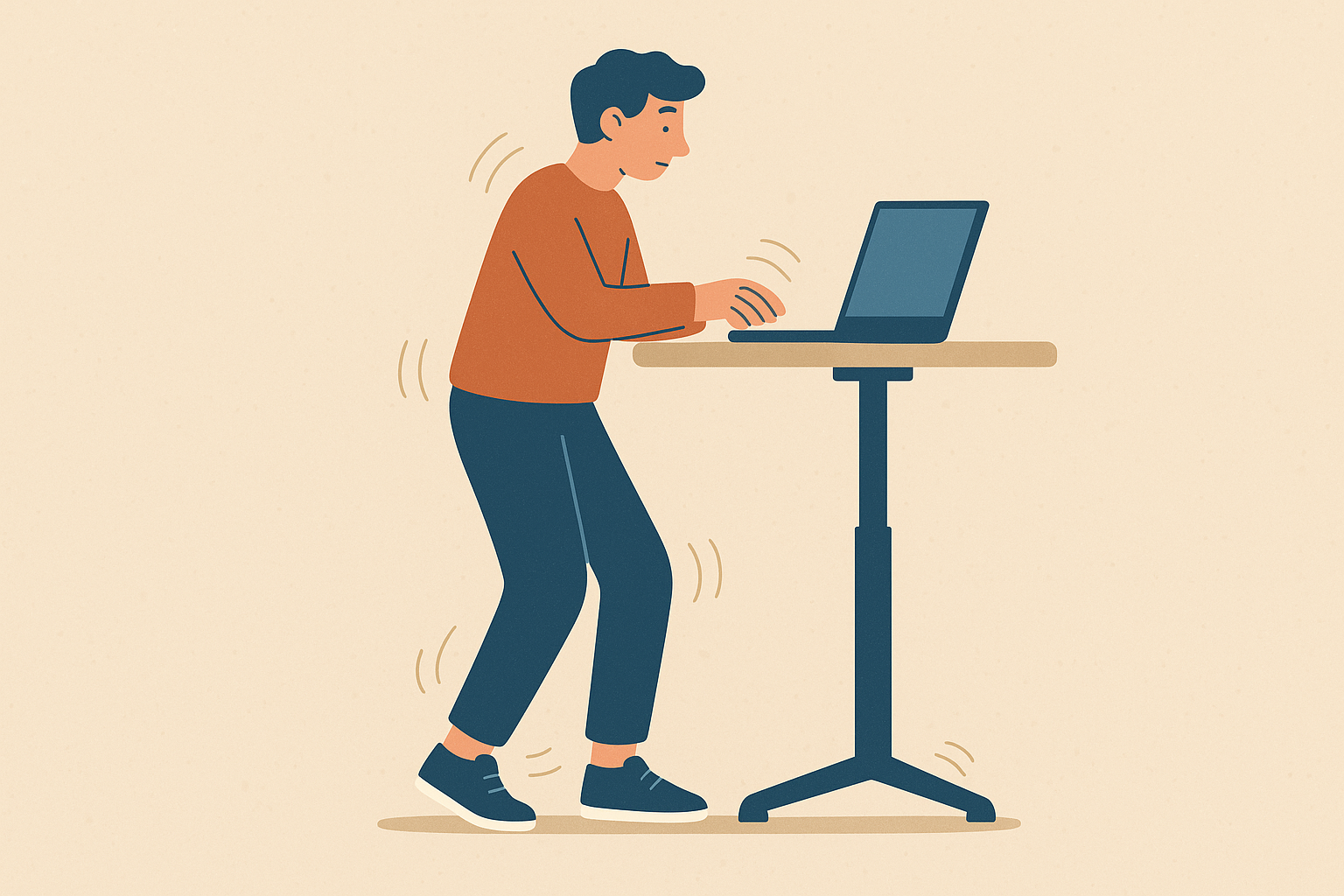
Cold Showers: From Torture to Game-Changer
Okay, this sounds crazy, but hear me out. Taking cold showers actually makes your body work harder to stay warm – like having a tiny furnace running inside you. This can burn an extra 300-500 calories daily without doing anything else.
The benefits go way beyond calorie burning, as research shows cold showers health benefits include improved circulation, enhanced recovery, and increased mental resilience.
I’m not going to lie – the first week sucked. I started with just 2 minutes of cold water at the end of my regular shower, cursing the entire time. But I gradually worked up by adding 30 seconds each week. Now I actually look forward to it (I know, I’m probably broken).
I also keep my house cooler than my family likes – around 65-68°F during the day. Sorry, kids, but mama’s got calories to burn. I practice this weird breathing technique for 10 minutes daily that makes me look like I’m meditating, but it actually helps my body adapt to the cold better.
Why I Stopped Trying to Be a Cardio Machine
The math just doesn’t work when you rely only on traditional cardio. I used to think I could just run my way to burning 3000 calories, but that approach left me exhausted, hungry, and eventually injured. Plus, who has 4 hours a day to spend on a treadmill?
Research from Stronger by Science shows that each pound of muscle burns approximately 9-10 calories per day just existing, which is why building muscle became part of my strategy.
The real breakthrough came when I started focusing on exercises that keep your body burning calories long after you’re done working out. It’s like your metabolism stays revved up for hours, sometimes even days.
Moving in All Directions (Because Life Isn’t Linear)
Here’s something I learned the hard way: moving your body in all directions – forward, backward, side to side, and twisting – burns way more calories than just going straight ahead. It also makes you feel more like a functional human being instead of a hamster on a wheel.
I do this sequence that includes medicine ball wood chops (20 each way), lunges with twisting and reaching overhead (15 each side), Russian twists while extending my legs (30 total), and standing cable rotations (25 each direction). It feels more like dancing than exercising, and it torches calories.
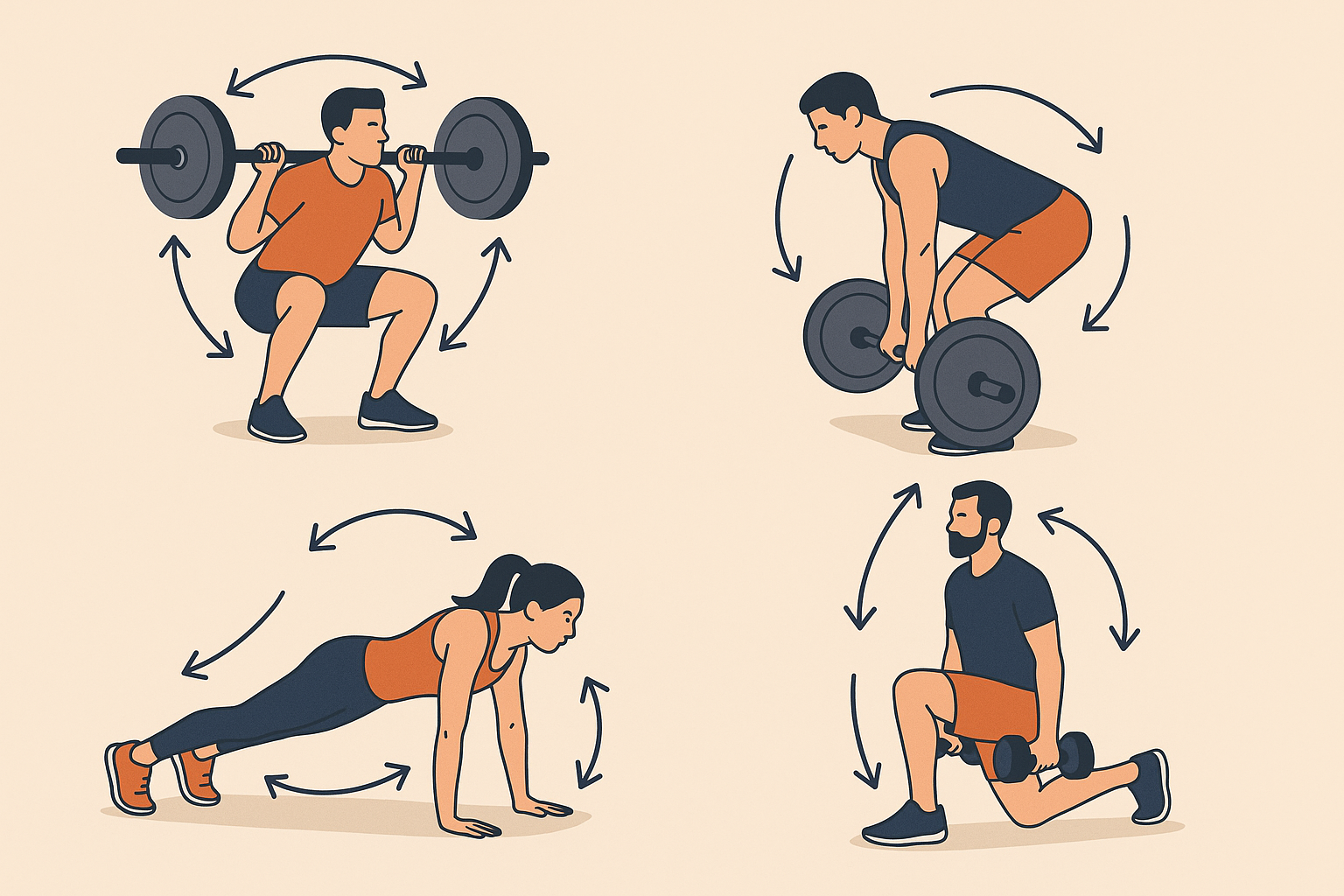
The Slow-Motion Secret
This one’s genius: slowing down your exercises can double the calories you burn while making you stronger at the same time. I take 4 seconds to lower the weight, pause for 2 seconds at the bottom, then explode up in 1 second before immediately moving to the next exercise.
No rest between movements keeps my heart rate up and calories burning like crazy. It’s harder than it sounds, but in a good way.
The Drop Set Method That Actually Works
This technique prevents your muscles from getting comfortable while keeping the calorie burn high. I start with the hardest version of an exercise, then progress to easier versions as I get tired.
For legs, I start with single-leg deadlifts while pressing weight overhead (6 reps each leg), then move to regular deadlifts (10 reps), then Romanian deadlifts (12 reps), and finish with stiff-leg deadlifts (15 reps). By the end, even the “easy” exercises feel impossible, but that’s the point.
This whole sequence takes about 8 minutes and burns 150-200 calories while keeping my metabolism elevated for the next 24+ hours. Not bad for less than 10 minutes of work.
The Cold Shower Trick That Actually Works
I already mentioned cold showers, but let me get specific because this was a total game-changer for me. Your body has this special type of fat called brown fat that actually burns calories to create heat. Cold exposure activates this fat, turning you into a calorie-burning machine.
For those interested in natural ways to boost metabolism, exploring 3 ways to increase your production of brown fat provides additional strategies beyond just cold showers.
I started with 30-second cold finishes to my regular showers and increased by 15 seconds each week. Now I can handle several minutes of cold water, and honestly, it’s become kind of addictive.
My Cold Exposure Routine (and you can steal it):
- ☐ Start with 30-second cold shower finishes (and yes, you’ll curse)
- ☐ Add 15 seconds each week until you can handle more
- ☐ Keep your house at 65-68°F during the day
- ☐ Practice controlled breathing during the cold (it helps, I promise)
- ☐ Wear fewer layers indoors when it’s safe to do so
- ☐ Track how quickly you warm up afterward
- ☐ Notice changes in your energy and appetite
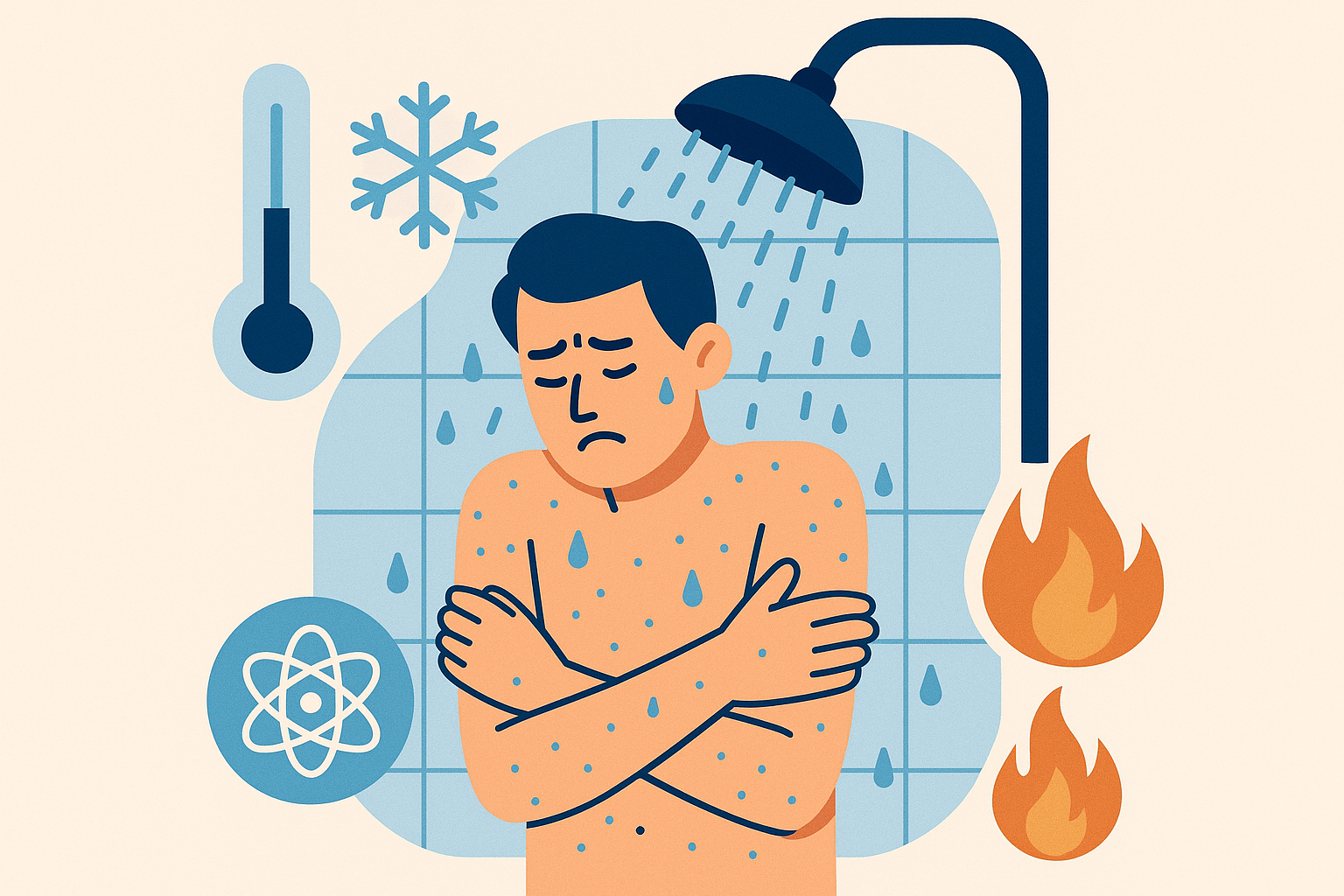
When You Eat Matters More Than You Think
This was another mind-blowing discovery: timing your meals and activities can boost your metabolism by up to 20% compared to just randomly eating and moving throughout the day. Your body has natural rhythms that create windows where you burn way more calories.
I always thought calories were calories, regardless of when you ate them. Boy, was I wrong.
Eating and Moving at the Right Times
I now eat 40% of my daily calories within 2 hours of waking up when my metabolism is naturally highest. I schedule my hardest workouts between 2-6 PM when my body is primed for peak performance. And I stop eating 14-16 hours before my first meal the next day to let my metabolism reset.
Understanding meal timing works even better when combined with intermittent fasting strategies that naturally enhance how flexible your metabolism becomes.
Eating protein in the morning and right after workouts maximizes how many calories your body uses just to digest the food. This timing trick alone added several hundred calories to my daily burn without changing what I eat.
| When | What I Do | Why It Works |
|---|---|---|
| 6-8 AM | Big protein breakfast + light movement | Metabolism is 25% higher in morning |
| 10 AM-12 PM | Strength training | Peak hormone production time |
| 2-6 PM | High-intensity stuff | Maximum cardiovascular capacity |
| 6-8 PM | Light movement + dinner | Better blood sugar control |
| 8 PM-6 AM | Fasting + sleep | Body switches to fat-burning mode |
Sleep: The Most Underrated Calorie Burner
Poor sleep can tank your metabolism by 400-600 calories daily. That’s like undoing a solid workout just by sleeping badly. I learned this the hard way when I was consistently tired and couldn’t figure out why my progress stalled.
I keep my bedroom between 60-67°F (yes, it’s cold, but it works), use blackout curtains, and eliminate all light sources. I also stop eating 3-4 hours before bed so my body can focus on recovery instead of digestion.
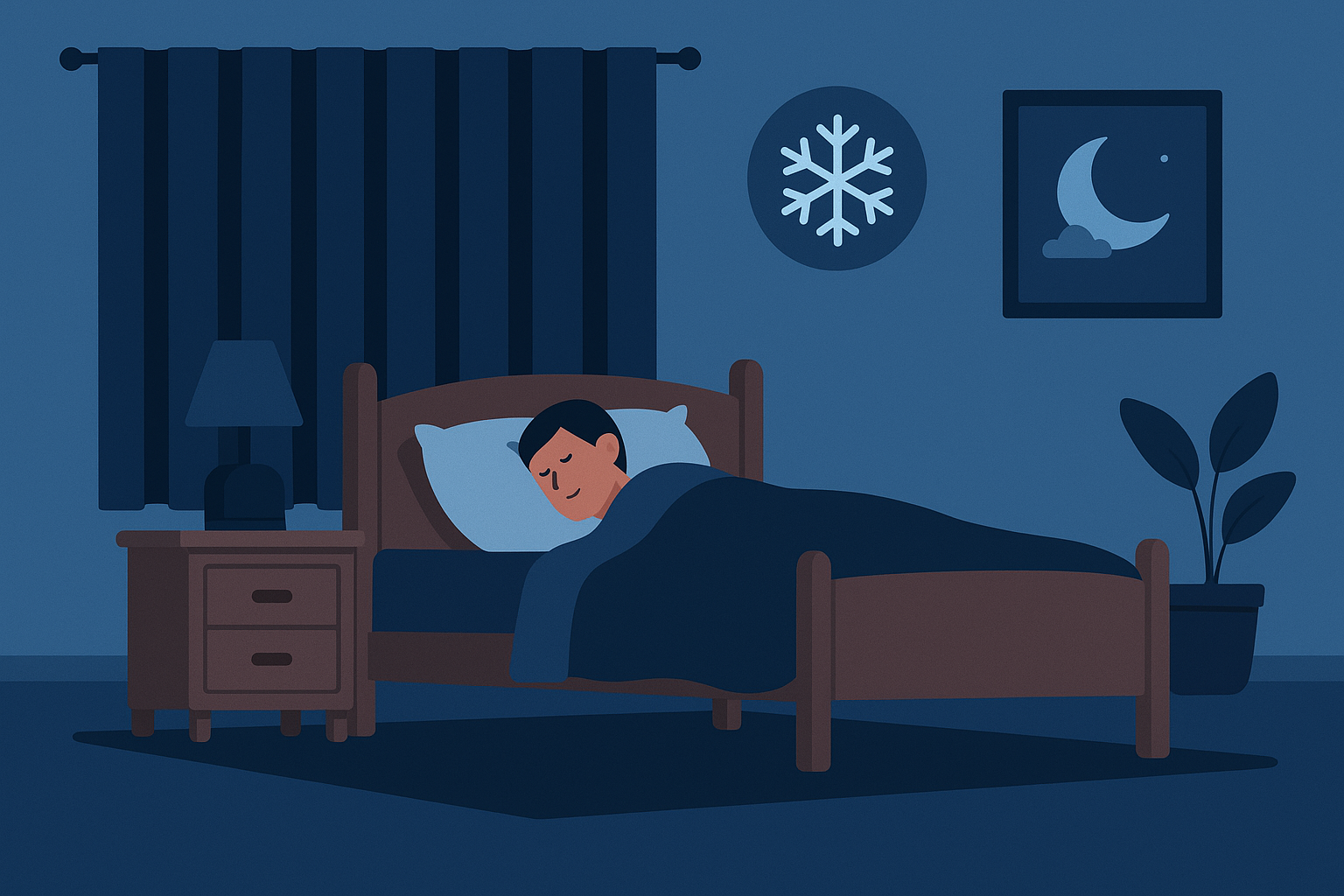
Movement That Doesn’t Suck
The biggest revelation in my journey was realizing that most calorie burning happens when you’re not consciously exercising. Your body burns serious energy digesting food, repairing cells, and even thinking hard about stuff.
Making Food Work Harder for You
Here’s something cool: your body uses 25-30% of protein’s calories just to digest and process it, compared to only 5-10% for carbs and basically nothing for fats. So eating more protein literally makes your body work harder.
I aim for about 1.2-1.6 grams of protein per pound of body weight, spread across 4-5 meals throughout the day. Nothing fancy – eggs at breakfast, chicken in my salad, Greek yogurt as a snack. I also make sure to get 20-30 grams of protein within 30 minutes of waking up to kickstart my metabolism.
According to MealPro’s calorie calculator, creating a daily calorie deficit of 500 calories results in approximately 3,500 total calorie deficit over one week, equivalent to losing one pound of body weight – which shows why sustainable approaches matter more than extreme daily targets.
The Metabolic Confusion Strategy
This sounds fancy, but it’s really just mixing things up so your body doesn’t get comfortable. I cycle between different eating patterns throughout the week to keep my metabolism guessing.
Days 1-3: Higher carbs, moderate protein. Days 4-5: Higher protein, moderate fat, lower carbs. Days 6-7: Higher fat, moderate protein, minimal carbs. Then I reset and repeat with slight changes to prevent my body from adapting.
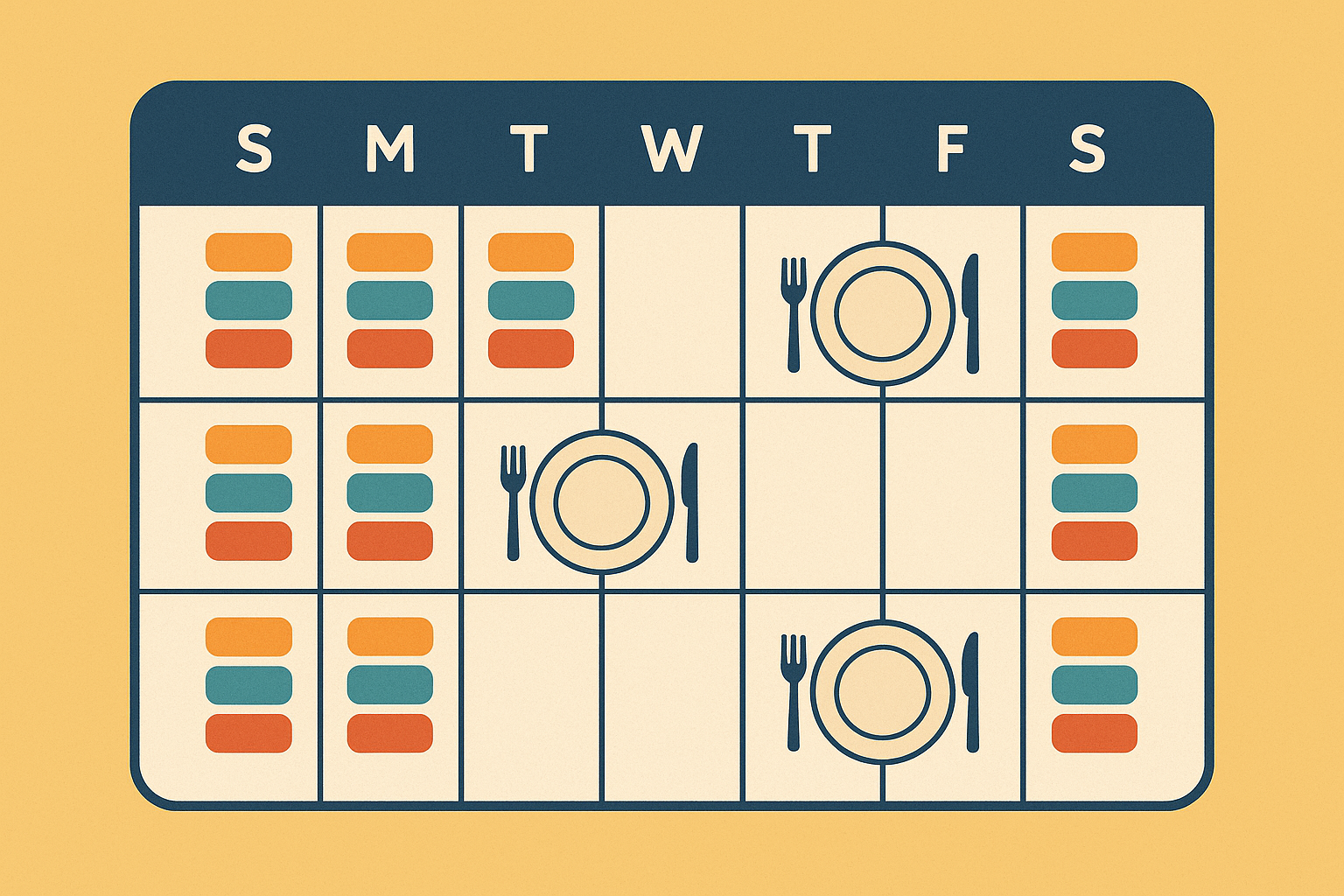
How I Turn Walking Into a Calorie Furnace
When I first heard you could burn 3000 calories by walking, I laughed. Walking seemed too easy, too gentle. Turns out, I was missing some key strategies that turn a simple walk into a metabolic powerhouse.
Research from the University of Kentucky, as reported by UK Research, found that “people need to burn about 3,000 calories per week through exercise to lose a significant amount of weight,” requiring approximately 60 minutes of moderate-to-vigorous physical activity per workout session each day for most people.
Making Every Step Count More
Walking uphill, on sand, or on uneven surfaces can increase calorie burn by 200-400% compared to flat pavement at a steady pace. I started incorporating different terrains and it completely changed the game.
My progression: Weeks 1-2, I walk on 15% incline for 20-minute chunks. Weeks 3-4, I find sand or gravel paths for the instability factor. Weeks 5-6, I add stair climbing throughout my walks. Weeks 7-8, I combine everything in one session for maximum challenge.
Adding Weight Changes Everything
Wearing a weighted vest or carrying stuff while walking can boost calorie burn by 12-25%. It transforms a simple walk into a full-body workout.
I started with a vest weighing 5-10% of my body weight and gradually worked up to 20%. Sometimes I do farmer’s walks carrying weights in different positions. It looks a little weird, but it works.
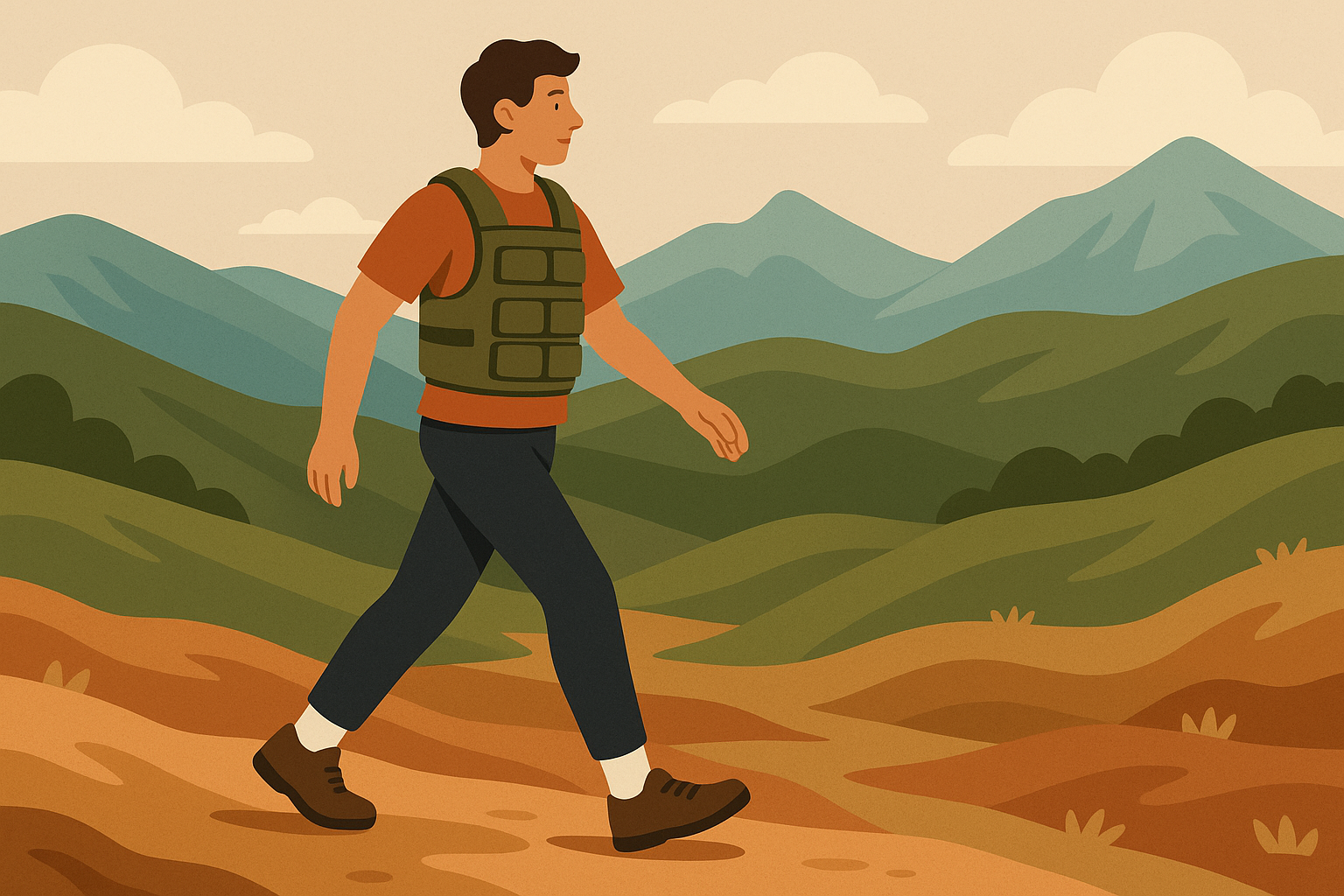
Heart Rate Zone Walking
Using heart rate zones makes walking way more effective than just wandering around at whatever pace feels comfortable. I use my smartwatch to stay in specific zones that maximize fat burning while building cardiovascular fitness.
My protocol: 5-minute warm-up at 60-65% max heart rate, then 2-minute intervals at 75-80% max heart rate. I recover for 90 seconds at 65-70% max heart rate, then repeat this pattern for 45-60 minutes total. It’s like interval training, but with walking.
My Sunday hiking routine combines everything: 2-hour hike with a 20-pound weighted vest, alternating between steep hills and flat recovery sections, keeping my heart rate between 65-80% maximum. This single session burns 800-1,200 calories while actually being enjoyable.
Brain Games That Burn Calories (Seriously)
This one shocked me: mental activities that require serious focus can burn an extra 300-500 calories daily while making you smarter. Your brain is an energy hog, and challenging it burns glucose like crazy.
Enhancing cognitive function through mental fitness exercises burns calories while improving overall brain health and metabolic efficiency.
I spend 45-60 minutes daily learning Spanish on an app, which requires intense mental focus. I also practice piano, which engages multiple brain regions at once. Complex puzzles, strategy games, and learning new physical skills that require mental coordination all count.
What I actually do to burn brain calories:
- ☐ Learn a language for 30+ minutes daily (currently butchering Spanish)
- ☐ Practice piano or guitar (my neighbors probably hate me)
- ☐ Solve challenging puzzles or play strategy games
- ☐ Study something completely new and difficult
- ☐ Practice new physical skills that require focus
- ☐ Write or create art projects that challenge me
- ☐ Engage in debates or public speaking practice

Food Hacks That Boost Your Burn
The old “3500 calories equals one pound” rule is way too simple. Your body is constantly adapting to what you’re doing, and understanding these adaptations is crucial for long-term success.
Preventing Your Metabolism from Crashing
When you consistently burn 3000 calories daily, your body panics and tries to slow everything down by 15-25%. It’s like your body thinks there’s a famine and starts hoarding energy. Not helpful when you’re trying to lose weight.
I combat this with weekly “refeed” days where I eat 20-30% more calories to reset my hunger hormones. I prioritize 7-9 hours of quality sleep to keep my metabolism humming. Including omega-3 fatty acids (from fish or supplements) improves how sensitive my body is to hunger signals. Timing carbs around my workouts helps maintain metabolic rate.
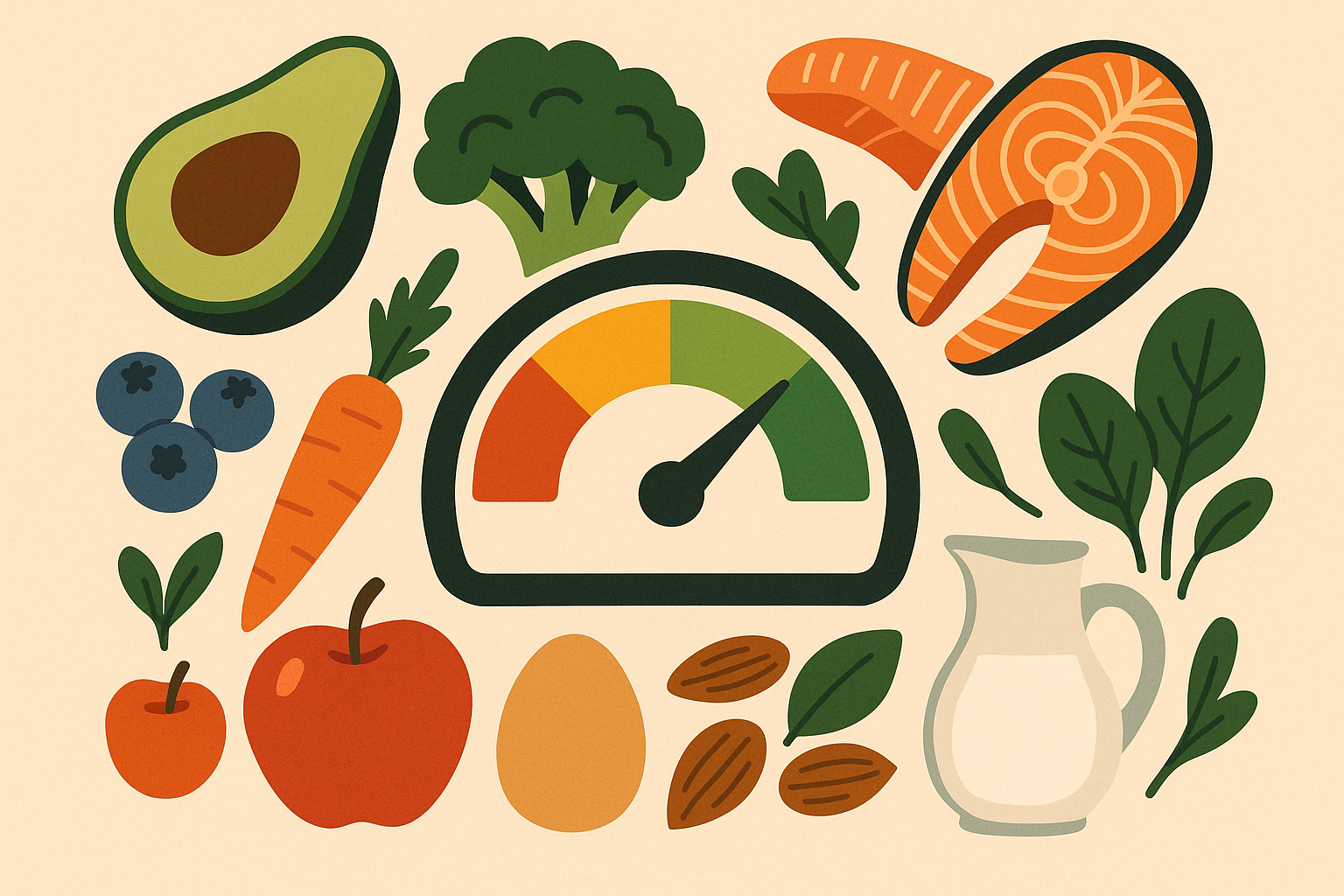
Protecting Your Thyroid
Extended periods of burning tons of calories can mess with your thyroid, which controls your metabolic rate. This is where things can go really wrong if you’re not careful.
I monitor my morning body temperature weekly as a simple indicator of thyroid function. I eat Brazil nuts daily for selenium, which supports thyroid hormone production. I avoid extreme calorie restrictions below 1200 calories, which can suppress thyroid function. Most importantly, I cycle between high and moderate activity periods monthly to give my thyroid a break.
Keeping Your Muscle While Burning Calories
Maintaining muscle mass while burning 3000 calories daily requires specific strategies to prevent your body from eating your muscles for energy. Strategic protein timing is key here.
Supporting muscle maintenance becomes easier when incorporating quality collagen supplements that provide essential amino acids for muscle protein synthesis.
I eat 25-30g protein immediately when I wake up to give my muscles amino acids. I get 20-25g protein within 30 minutes after working out for recovery. I take 15-20g casein protein before bed for overnight muscle protection. I space additional protein every 3-4 hours throughout the day to maintain positive nitrogen balance.
The Real Math Behind Losing Weight
Understanding how calorie burn, metabolic adaptation, and sustainable weight loss actually work prevents the common mistakes that lead to metabolic damage and weight regain. Your body doesn’t operate on simple math – it operates on complex feedback loops.
The reality of burning 3000 calories daily goes way beyond just arithmetic. Your body is constantly adjusting based on stress, recovery, and adaptation patterns.
My Sustainable Approach (steal this template):
- Week 1-2: Figure out your baseline metabolism and activity levels
- Week 3-4: Gradually increase activity by 10-15% weekly
- Week 5-6: Start cycling your calories strategically
- Week 7-8: Add metabolic confusion techniques
- Week 9-10: Assess and adjust based on how you feel and look
- Week 11-12: Plan maintenance and recovery phases
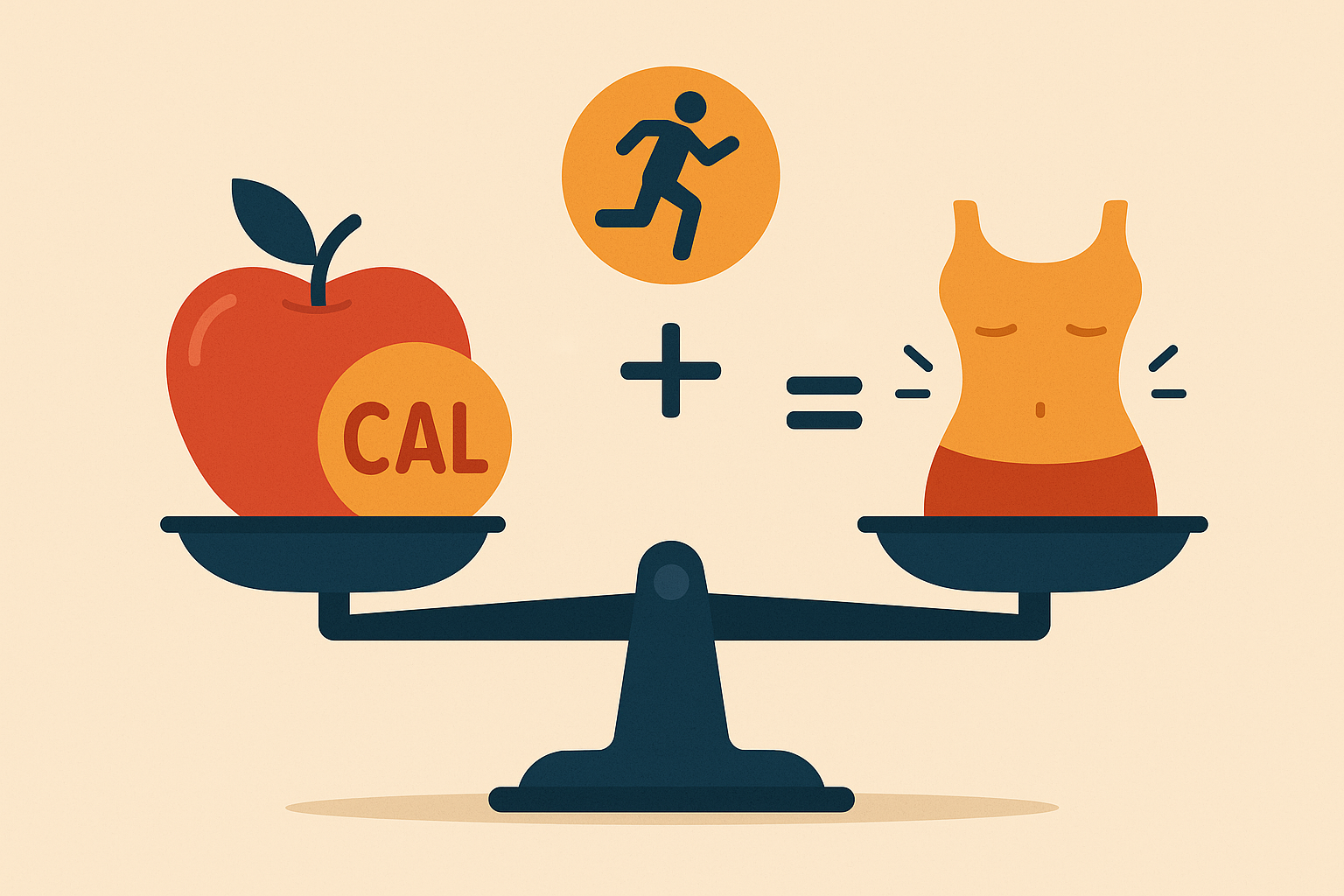
What I Wish Someone Had Told Me
Burning 3000 calories daily isn’t about punishing yourself with endless cardio sessions or living on lettuce and sadness. It’s about understanding how your body actually works and optimizing the natural processes that are already happening.
Look, I’m not going to lie – some days I nail all of this, and some days I eat pizza and binge Netflix. The difference is that now I know what works, so I can get back on track without beating myself up about it. Progress, not perfection, right?
What surprised me most was discovering how much my daily habits affected my calorie burn. Small changes in sleep quality, meal timing, and movement patterns created massive differences in my metabolic rate without making me feel deprived or exhausted.
The key isn’t finding the perfect system – it’s understanding the principles and adapting them to your actual life. Your body is incredibly smart and will try to preserve energy when it senses consistent high expenditure. That’s why the cycling approaches and metabolic confusion strategies become so important.
If you’re struggling with maintaining energy levels while pursuing these strategies, consider supporting your body with quality nutrition. Organic Authority’s collagen supplements can help maintain muscle mass and recovery during intensive metabolic protocols, ensuring your body has the building blocks it needs for optimal function.
Start with one or two strategies that feel most manageable for your current lifestyle. Build consistency with those before adding more elements. Trust me, if I can do this while working full-time and managing a family, so can you. Your metabolism will thank you for the gradual, sustainable approach rather than the shock-and-burn methods that lead to burnout and metabolic damage.
Remember: you don’t have to be perfect from day one. Pick what resonates with you, start small, and build from there. The best part? Once you start doing this stuff, you’ll notice other people doing it too. We’re like a secret club of stair-takers and cold-shower enthusiasts, and honestly, it’s pretty great.

